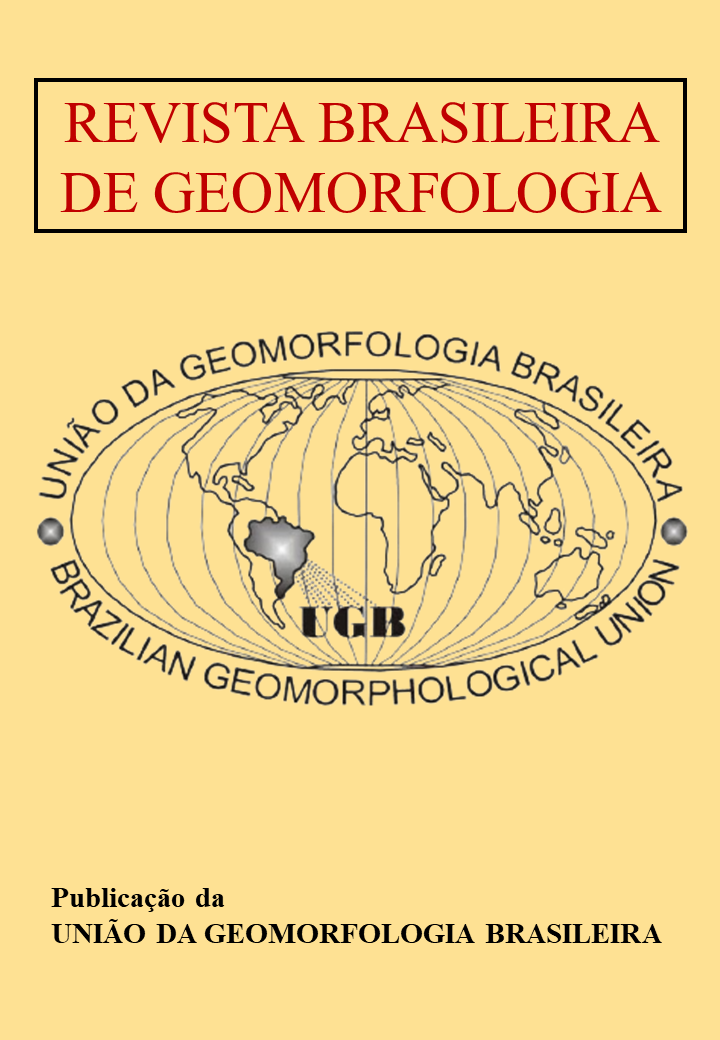Morfodinâmica de praias estuarinas da costa leste da Ilha do Marajó, Amazônia Oriental
DOI:
https://doi.org/10.20502/rbg.v24i3.2350Keywords:
praia, morfodinâmica, estuário, macromaré, AmazôniaAbstract
The coastal zone is one of the most vulnerable geographic spaces on the planet, especially due to current climate changes. When it comes to world-renowned areas, environmental monitoring becomes essential. This research aimed to verify the seasonal morphological changes in beaches on the east coast of Marajó Island, the largest fluviomarine island on the planet. The methodology consisted of collecting topographic data on the most populated beaches on the island: Barra Velha (municipality of Soure-PA) and Praia Grande (municipality of Salvaterra-PA), sampling of surface sediments from them and the classification of seasonal morphodynamic stages (in stations dry and rainy). Barra Velha beach was classified as dissipative, with fine sand (2 to 3 ɸ) and an erosive tendency from the dry to the rainy season. Praia Grande showed behavior of intermediate to reflective beaches, with medium sand (1 to 2 ɸ) predominant, in both seasons of the year. The sedimentary accretion phase on this beach occurred during the rainy season (Amazonian winter), reflecting an atypical pattern for beach morphodynamics. Praia Grande had lower beach mobility (ΔYb: 18 m) compared to Barra Velha (ΔYb: 38 m). It is believed that the results of this research can contribute to the understanding of environmental particularities in equatorial estuarine beaches.
Downloads
Downloads
Published
How to Cite
Issue
Section
License

This work is licensed under a Creative Commons Attribution-NonCommercial 4.0 International License.
Author (s) retain copyright and grant the journal right of first publication with the work simultaneously licensed under the Creative Commons Attribution License that allows sharing the work with recognition of its initial publication in this journal.








